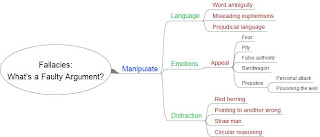
This chapter authors often use visual aids to help their readers better understand the information they are presenting. Visual information reinforces and supplements reading material. Types of visual aids include mind maps, outlines, charts, diagrams, graphs, illustrations, photographs, and time lines. The type of information being conveyed determines what type of visual aid an author will use. Learning how to read visuals will help understand and remember the textual information they illustrate.
An effective reading and study strategy is to make own visual aids. To create an effective visual aid, you have to recognize the important elements in what reading and be able to prioritize and organize them in a logical and useful format. It will quickly obvious how well know the material, you can’t draw a diagram or devise a table if you don’t understand what you have read or heard. In many instances, an effective visual will save from taking as many as many notes from notes from text or lectures.
When reading about a confusing subject of being taught about a confusing subject just words won’t always get the point across. Visual aids play such a huge role in the learning process and when making presentations. An example when a visual aid makes learning easier is when learning about the digestive system one can first explain in words but you can only get so much from words, but seeing a picture of the digestive tract it makes the word so much more clear and easier to understand. When presenting in a front of colleagues or in front of your peers’ visual aid proves to be extremely helpful in either getting your argument across or your point across.
Use this textbook’s table of contents to answer the following questions.
1. What information is being presented in this outline?
An overview of the textbook – the types of information to be taught
2. Using the table of contents, list two topics covered in Chapter 4, “Managing Your Reading Time.”
1) What is efficient reading?
2) Becoming a more efficient reader





